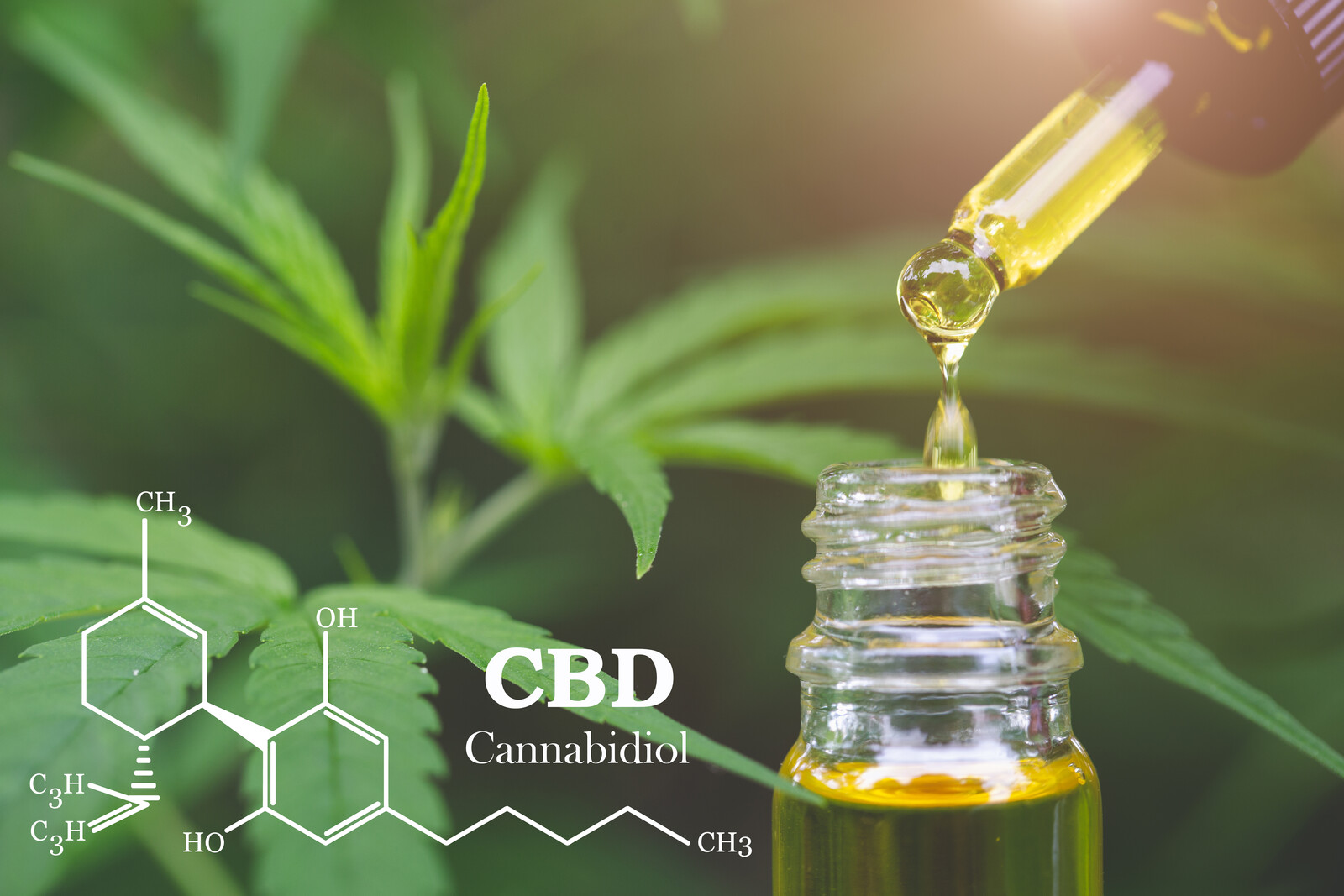The History of Hemp and CBD
Posted by Nancy Murray on on Mar 29th 2022
What is hemp and what does it have to do with CBD (Cannabidiol) – an increasingly popular ingredient found in many natural products? Further, what is the history of hemp and CBD?

ANCIENT CIVILIZATIONS USED HEMP
Hemp has everything to do with CBD - but first a little history. Documented evidence to the use of hemp dates as far as 4,000 B.C. in Central Asia and China. Archeological discoveries point to its use to make fabric over 29,000 years ago, way before recorded history! This exceptionally versatile and fast-growing plant can be used in so many ways: to make clothing, sails, paper, building material, biodegradable plastics, and many more.
Emerging civilizations also discovered that the seeds of the hemp plant could be eaten, ground up, consumed raw, or roasted. In ancient China, hemp was among the favorite foods of the Chinese, rivaling millet, rice, and vegetables. The harvesting of hemp began to spread westward over the ensuing centuries.
Several religious texts from India refer to hemp as “sacred grass”, and the Persians called it the “king of seeds”.
U.S. FOUNDING FATHERS GREW HEMP
Our founding fathers grew hemp as a matter of course. Hemp was made into ropes, sails, and clothing in the 1700s. Several drafts of the Declaration of Independence were written on paper made from hemp.
George Washington planted the crop on his estate along with other notables – Thomas Jefferson, to name one. In fact, during those times most farmers grew the crop on their land, so ubiquitous and valued was the plant!
HEMP MEETS OPPOSITION DESPITE BEING GREEN
Prior to 1937, hemp was commonly used to manufacture fabric in the USA. Hemp yields far more raw material than trees per acre to make paper. It can be harvested three times yearly (unlike the super long growth cycle of a tree), Plus, it consumes 50% less water. As if that is not enough, it even thrives on land with poor quality soil.
It’s a no brainer that hemp is easy to grow and can make many ingestible and textile products. However, powerful business magnates with large investments in the timber and cotton industries in the early part of the 20th century had a different goal. They worked to thwart the adoption of hemp to manufacture paper and clothing.
Hemp faced increasing governmental oversight starting with the passage of the Marihuana Tax Act in 1937. This resulted in its eventual classification and restriction as a drug on the same level as narcotics.
Hemp may contain a small amount of THC, the psychoactive compound also found in what we commonly call the marijuana plant. Both hemp and marijuana are different strains of the Cannabis sativa plant (and other Cannabis species). Thus, hemp and marijuana are similar but very different.
Marijuana contains an abundance of THC, and small amounts of CBD. In contrast, Cannabidiol or CBD is found in abundance in hemp. CBD does not produce the “intoxicating high” that THC does.
Swept up in the restrictions, the humble hemp got the boot along with marijuana even though the THC levels in hemp are extremely low. Many years passed and hemp was forgotten.
RESEARCH LEADS TO ABILITY TO ISOLATE AND SEPARATE THC FROM CBD
Hemp’s fallen status didn’t stop researchers from discovering the unique properties of varieties of Cannabis plants. In 1940, chemist Roger Adams isolated the molecular structure of THC. This advancement made it possible to separate THC from CBD.
And now, thanks to modern science, hemp has given us CBD. Users of CBD report relieve to a host of symptoms from sadness, to sleep depravity, and more.

FASCINATING CHEMICAL COMPOSITION OF CBD
THC and CBD are two key cannabinoids found in Cannabis. But there are many more found in these fascinating plants - CBG, CBC, CBD, THC, CBN - to name a few. The chemistry is complex.
Simply put, the cannabinoids in CBD interact with the cannabinoid receptors in the human body. Yes, you have cannabinoid receptors in your body! This interaction causes a therapeutic result.
Further, when terpenes (aromatic oils with therapeutic benefits) and cannabinoids meet in the human body, they produce a synergistic effect, more commonly known as the ‘entourage effect.’ In other words, these compounds work together within the human endocannabinoid system (ECS) to enhance benefits.
Different extraction processes produce varying results, depending upon how inexpensively the manufacturer wants to make their products. Extracting the right balance of terpenes, cannabinoids and other beneficial and complementary ingredients requires expertise.
Note: Not all products containing CBD are alike in their quality. Before you buy any CBD product, you should research the growing, extraction, testing, and product manufacturing process.
CBD AND HEMP REMOVED FROM FDA’s SCHEDULED DRUGS LIST
An amendment to the 2018 Farm Bill removed CBD and hemp from the list of “scheduled” drugs restricted by the Controlled Substances Act. Each state responded differently.
With FDA regulation, products flooded certain states including topicals, edibles, and supplements. Consumers sung the praises of CBD in its ability to ease discomfort, promote relaxation, and support overall well-being.
DEMAND FOR CBD PRODUCTS HAS SKYROCKETED
The market exploded in 2018, especially after the U.S. Food and Drug Administration approved Epidiolex, the first drug containing CBD. Epidiolex is used to treat childhood epilepsy.
And research into the possible medical applications of CBD has risen sharply.
Meanwhile consumers have come to demand CBD. According to Forbes Magazine, the CBD market hit $4.6 billion in 2020 and is projected to increase to $20 billion annually by 2025!
EXTRACTION PROCESS AND LOOKING FOR QUALITY CBD
When looking for the best CBD products available on the market today, research the quality of the raw material, starting with the seed. Ask how and where plants are grown. Investigate the quality of all the other ingredients included in manufacturing a product.
The quality and purity of raw hemp grown outside the United States in countries such as China can be questionable.
Take a close look at the extraction process. Do they tout a rapid extraction rate? Does the process preserve other select cannabinoids and beneficial terpenes? How is it processed and what chemicals are used? The CBD oil, if using the highest quality method to extract the CBD from the plant, will also be rich in quality canniboids and terpenes.
Many large companies are getting into the CBD market sphere. Choose your CBD products carefully. Choose a company that sincerely cares about starting with quality ingredients.

Aromaland has been in the natural body care manufacturing business for over 35 years. Adding CBD products in 2017 was in response to the eager demands of our customers. We source American grown agricultural hemp. CBD is extracted in an ISO certified facility, then independently tested for quality assurance. Finally, we manufacture quality CBD products in our Santa Fe facility using natural ingredients: cruelty-free, paraben-free, eco-friendly, and made in the USA!
References
- WayofLeaf.com, 6 Historical Uses of Hemp.
- U.S. Customs and Border Protection, Did You Know marijuana was once a legal cross-border import?
- The Future of the CBD Industry in 2022 and beyond, Forbes Magazine.

